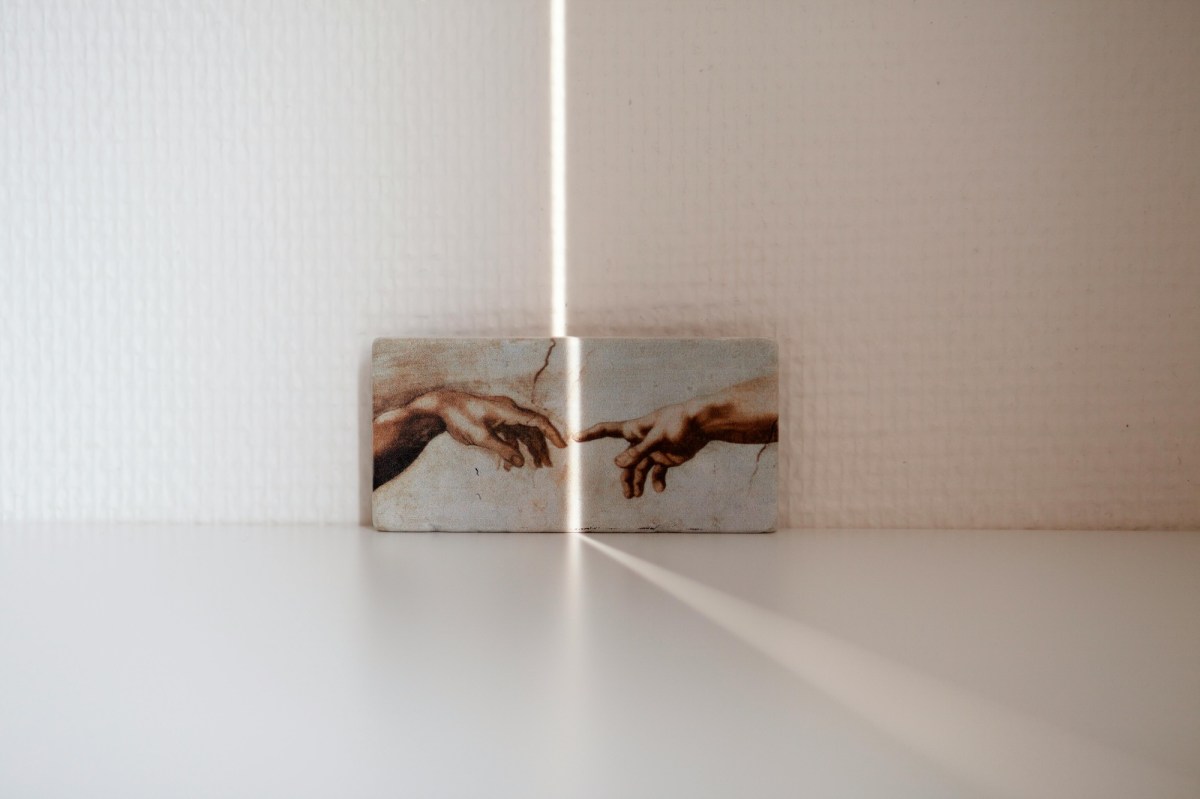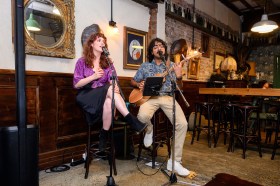In a two-part series, ArtsHub dives into the topic of superannuation for artists and creative sole traders. First, we tackle the nuts and bolts with the help of industry experts, and second, we take a look at the impact that new regulation is having on small creative businesses.
In this article:
Understanding superannuation for artists and creatives
We can all agree that safeguarding our future stability is a good idea. Mandatory superannuation was introduced in 1992 in Australia, where employers are required by law to pay their employees and contractors.
While the initial rate was set at 3% or 4% depending on the employer’s payroll size, today that has stepped up to 12%, which for some small arts businesses and sole traders, is a staggering amount on top of an hourly rate.
Penelope Benton of the National Association for Visual Artists (NAVA) told ArtsHub: ‘There’s a lot of confusion about when super is required in the visual arts. Some galleries and arts organisations contribute, others don’t, and the rules aren’t always well understood.
‘In some cases, organisations aren’t aware that contractors may be deemed employees for super purposes.’
We take a look at some of the facts impacting artists.
Are all artists expected to pay their assistants superannuation?
The simple answer is yes. Benton explains: ‘Under current super laws, anyone paying a worker mainly for their labour, including artists as sole traders, is legally required to pay super. This applies even if the assistant has an ABN and invoices for the work.’
She reminds artists and creatives that anyone assisting in a studio, installing an exhibition, or handling admin tasks all count as labour, and superannuation must be paid.
Michael Fox, of Michael Fox Arts Accounts & Valuers, expands: ‘Under the provisions of the Superannuation Guarantee Act, where the artist has control over the nature of the work the assistant does for them – this is known as the control test and it is the main factor the ATO uses to determine whether or not super should be paid in these circumstances.’
‘That said, it is understandable that artists would question superannuation obligations,’ says Benton. ‘Many have never received super themselves, even in situations where it should have been paid. Some artists, including established practitioners, don’t have a super fund at all. There is a significant gap in how workplaces and income systems recognise art as work.’
‘NAVA understands how difficult this can be, especially when artists are engaging assistants on projects where they themselves may not be earning an income,’ continues Benton. ‘The issue isn’t just individual compliance; it’s a lack of structural support for artists as workers.’
Fox notes that there is a loophole: ‘If the assistant uses a company or other entity, like a partnership or a family trust, to contract their services to the artist, super may not be payable. You have to be careful because the ATO has the power to see through these types of arrangements and deem super payable in any event.’
Is it the assistant’s responsibility to include superannuation on their invoice?
‘It is actually the other way around,’ Fox explains. The legal obligation to pay super is with the payer, in this case, the artist hiring the assistant.
Benton continues: ‘An assistant doesn’t need to ask for it or include it on their invoice to be entitled to it. That said, in practice, many arts workers raise the issue when negotiating terms, often because super is overlooked or misunderstood.’
It was a point echoed by Fox: ‘I encourage both parties to have a discussion about this issue, because they may not be aware of the recent change in interpretation of super guarantee by the ATO (TR2023/4).’
To process the payment, the assistant will need to provide a completed superannuation standard choice form, which includes their nominated super fund details and provide their date of birth. These are required for payment through the ATO’s clearing house or directly to the fund.
Does it matter if you are GST registered or not?
‘No, super obligations have nothing to do with GST registration,’ Benton says plainly. ‘Whether or not an artist is registered for GST, they are still required to pay super if they’re paying someone for their labour, regardless of how your business is structured or whether GST applies.’
Fox adds: ‘Remember that GST registration is attached to your business. You may have one business for which you are registered for GST (driving ubers) and another business not registered for GST (artist studio assistant).’
Are you supposed to be making superannuation allowances in your own sole trader business?
Both Fox and Benton recognise that as an artist sole trader, life is often hand-to-mouth, so additional superannuation costs can be challenging.
Fox tells ArtsHub: ‘This is a difficult situation, however if you engage sole trader contractors and have control over what they do for you, you are meant to be paying super. According to the ATO ‘the ability to exercise control demonstrates the subservient and dependent nature of the work of the worker to the business of the engaging entity’.
Fox says that ‘you can ask the ATO for a private ruling for your particular circumstance’.
How do you calculate superannuation, and are you meant to register anywhere if you are paying it?
From 1 July 2025, superannuation is calculated as 12% of ‘ordinary time earnings’, as defined by the ATO, explains Fox. ‘That means it is payable on the labour component of the contractor invoice, but not payable on other components such as reimbursement of materials,’ he continues.
Fox econtinues: ‘If you are liable to pay super to your assistants, you have to ask them to complete a superannuation choice form where they inform you of the super fund that they wish their super to be paid. As the engaging entity, you have to choose a default super fund for your assistants in the event that they do not provide you with the completed form.
‘That is the official registration event of this process. After that is done, you have to comply with the Superannuation Guarantee Act by paying the contractor super on time, or you will face penalties.’
Benton adds that ‘the easiest way to manage super contributions is through the ATO’s Small Business Superannuation Clearing House. It’s a free online service that distributes your payment to the worker’s nominated fund.’
Read: Government’s tax reform for the arts tabled – but will it be enacted?
Should we just be working superannuation into our project and grant budgets?
Both Benton and Fox had one answer for this: ‘Absolutely.’ Fox adds: ‘There is no point pretending that this is going to go away one day!’
Benton continues: ‘Any project that involves paying people for their labour should include super. As well as having to comply with legislation, it’s also about equity, professionalism, and long-term sustainability for artists and arts workers.’
Could I get fined by the ATO as an artist, if I am not paying my assistants superannuation?
Again, yes.
Fox explains in detail: ‘Currently, super is payable by the 28th day following the end of each quarter. For example, we are now in the September 2025 quarter. Super on any eligible contractor payments between 1 July and 30 September are due to be paid on or before 28 October.
‘If you do not meet that deadline, you have to lodge a super shortfall statement with the ATO that includes an administration fee for each employee/contractor and interest on the late payments. The shortfall payment is not tax deductible.’
Benton adds: ‘Include it as a separate line item in your project and grant budgets. It is important that artists include super in project budgets when they’re paying others, and that they receive it when they’re providing labour themselves.’
She concludes: ‘Worryingly, too many artists reach retirement age with little or no super. NAVA has called for, and continues to call for legislative reform to support visual artists develop some basic retirement savings protections. In the meantime, paying super wherever it’s due, and budgeting for it, is one of the ways to improve conditions of work and practice in the sector.’
Catch part two of our story, Strangled by super, next week.
NAVA has a factsheet available on this topic which is a helpful resource.
ArtsHub pays a deep nod to Michael Fox of Michael Fox Arts Accounts & Valuers, Penelope Benton of the National Association for Visual Artists (NAVA) and Amrit Gill of Theatre Network Australia (TNA) for contributing their knowledge to this article.
Discover more arts, games and screen reviews on ArtsHub and ScreenHub.





